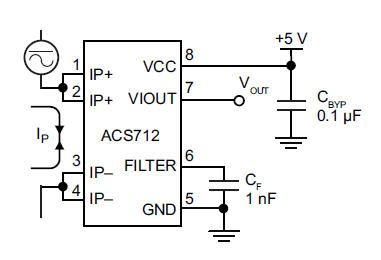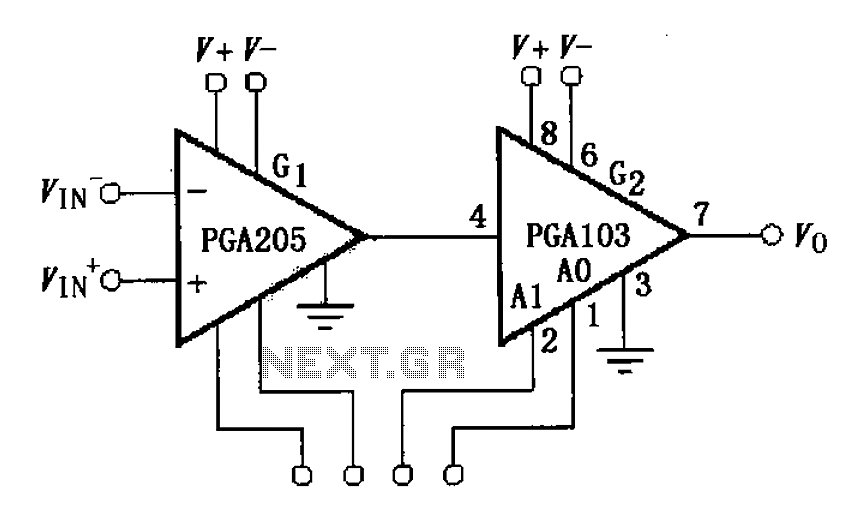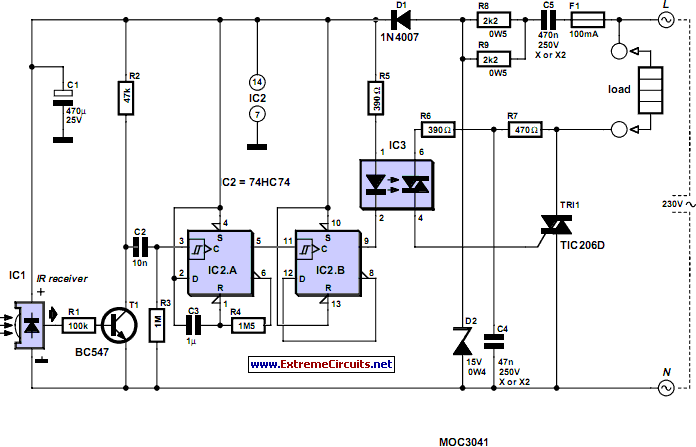
Binary Amplitude Shift Keying (BASK) or On Off Keying (OOK) Practical Circuit using CD 4016

Binary Amplitude Shift Keying (BASK), also known as On-Off Keying (OOK), is a digital modulation technique where the amplitude of the carrier signal is altered according to binary data. This modulation scheme is utilized for transmitting digital information over optical fibers and in point-to-point military communications, among other applications. A binary '1' is represented by a short pulse of light, while a binary '0' corresponds to the absence of light. The processes of modulation and demodulation in Amplitude Shift Keying are relatively cost-effective and straightforward to implement. However, a significant drawback of ASK is its susceptibility to atmospheric noise, distortions, and varying propagation conditions. A practical circuit diagram for an amplitude shift keying modulator using the CD4016 integrated circuit (IC) is available. The CD4016 is a switching IC that contains four embedded switches, two of which are utilized in this circuit. When the enable input of one gate is high, the input signal will be present at the output. When the binary data is '1', a sine wave is routed to the output since the sine wave is connected to the first switch, and the binary data is applied to the enable pin (pin 13) of that switch.
The circuit for the BASK modulator using the CD4016 IC operates by leveraging its analog switching capabilities. The two switches in use allow for the modulation of the carrier wave based on the binary input signal. The configuration typically includes a sine wave generator connected to one switch and the binary data input connected to the enable terminal of the switch.
When the binary input is high (representing a binary '1'), the sine wave is allowed to pass through the switch to the output, creating a pulse of light that corresponds to the binary '1'. Conversely, when the binary input is low (representing a binary '0'), the switch is disabled, and no signal is transmitted, resulting in the absence of light.
The circuit design requires careful attention to the power supply and grounding of the CD4016 to minimize noise and ensure reliable operation. Additional components such as resistors and capacitors may be included for signal conditioning and to shape the output waveform. The sensitivity of the ASK modulation to external noise necessitates the implementation of proper shielding and possibly the use of error correction techniques in the communication system to enhance performance in challenging environments. Overall, the use of the CD4016 in BASK modulation exemplifies a practical and efficient approach to digital data transmission.Binary Amplitude Shift Keying (BASK) or On Off Keying (OOK) is one of the digital modulation techniques in which the amplitude of carrier is switched according to the binary data. This digital modulation scheme is used to transmit digital data over optical fiber, point to point military communication applications, etc.
Binary 1 is represented by a short pulse of light and binary 0 by the absence of light. Amplitude Shift Keying modulation and demodulation processes are relatively inexpensive and easy to implement. The main disadvantage of ASK is that it is sensitive to atmospheric noise, distortions and propagation conditions.
Here is the practical circuit diagram of amplitude shift keying modulator using CD4016 IC. CD4016 is aswitchingIC with four embedded switches. Two switches inside the quad analog switch CD 4016 are used in the circuit. When the enable input of one gate is at high, then the input will appear at the output. When the binary data is 1, sine wave is switched to output because the sine wave is connected to 1st switch and the binary data is applied to enable pin (13th pin) of 1st switch. 🔗 External reference
The circuit for the BASK modulator using the CD4016 IC operates by leveraging its analog switching capabilities. The two switches in use allow for the modulation of the carrier wave based on the binary input signal. The configuration typically includes a sine wave generator connected to one switch and the binary data input connected to the enable terminal of the switch.
When the binary input is high (representing a binary '1'), the sine wave is allowed to pass through the switch to the output, creating a pulse of light that corresponds to the binary '1'. Conversely, when the binary input is low (representing a binary '0'), the switch is disabled, and no signal is transmitted, resulting in the absence of light.
The circuit design requires careful attention to the power supply and grounding of the CD4016 to minimize noise and ensure reliable operation. Additional components such as resistors and capacitors may be included for signal conditioning and to shape the output waveform. The sensitivity of the ASK modulation to external noise necessitates the implementation of proper shielding and possibly the use of error correction techniques in the communication system to enhance performance in challenging environments. Overall, the use of the CD4016 in BASK modulation exemplifies a practical and efficient approach to digital data transmission.Binary Amplitude Shift Keying (BASK) or On Off Keying (OOK) is one of the digital modulation techniques in which the amplitude of carrier is switched according to the binary data. This digital modulation scheme is used to transmit digital data over optical fiber, point to point military communication applications, etc.
Binary 1 is represented by a short pulse of light and binary 0 by the absence of light. Amplitude Shift Keying modulation and demodulation processes are relatively inexpensive and easy to implement. The main disadvantage of ASK is that it is sensitive to atmospheric noise, distortions and propagation conditions.
Here is the practical circuit diagram of amplitude shift keying modulator using CD4016 IC. CD4016 is aswitchingIC with four embedded switches. Two switches inside the quad analog switch CD 4016 are used in the circuit. When the enable input of one gate is at high, then the input will appear at the output. When the binary data is 1, sine wave is switched to output because the sine wave is connected to 1st switch and the binary data is applied to enable pin (13th pin) of 1st switch. 🔗 External reference





